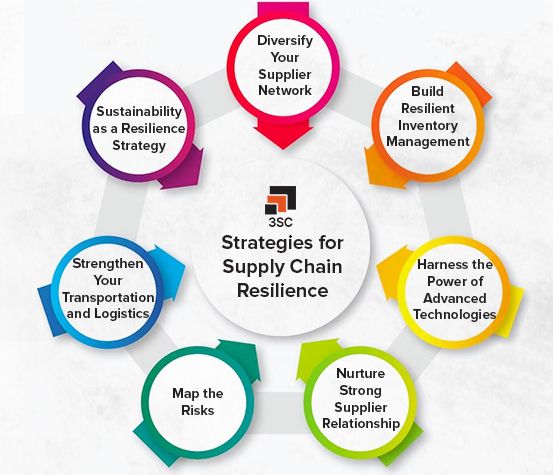Just-in-Time vs Just-in-Case: Whatв Right for You?
In the world of technology, businesses often face the dilemma of choosing between a Just-in-Time (JIT) and a Just-in-Case (JIC) approach when it comes to managing their inventory and resources. Both strategies have their own pros and cons, and it’s important to understand the differences between them in order to make an informed decision for your tech business.
What is Just-in-Time (JIT)?
Just-in-Time is a strategy that aims to minimize waste by producing and delivering products exactly when they are needed. This approach is based on the principle of only producing what is needed, when it is needed, and in the quantity needed. JIT helps businesses reduce inventory costs, improve efficiency, and streamline their operations.
Benefits of Just-in-Time (JIT)
Reduced inventory costs
Improved efficiency
Streamlined operations
Lower storage costs
Increased flexibility
Challenges of Just-in-Time (JIT)
While JIT offers numerous benefits, it also comes with its own set of challenges. One of the main drawbacks of JIT is its susceptibility to supply chain disruptions. If a supplier fails to deliver materials on time, it can lead to production delays and potentially impact customer satisfaction.
What is Just-in-Case (JIC)?
Just-in-Case is a more traditional approach to inventory management that involves keeping a buffer stock of materials and products to handle unexpected demand or supply chain disruptions. JIC is based on the principle of being prepared for unforeseen events and ensuring that the business can continue to operate smoothly even in challenging situations.
Benefits of Just-in-Case (JIC)
Increased supply chain resilience
Minimized risk of stockouts
Ability to handle demand fluctuations
Enhanced customer satisfaction
Improved operational stability
Challenges of Just-in-Case (JIC)
One of the key challenges of JIC is the higher inventory carrying costs associated with maintaining buffer stock. This can tie up capital and resources that could be used elsewhere in the business. Additionally, overreliance on JIC can lead to inefficiencies and bloated inventory levels, which can have a negative impact on the bottom line.
Choosing the Right Approach for Your Tech Business
When it comes to deciding between a Just-in-Time and a Just-in-Case approach for your tech business, it’s important to consider your specific requirements, industry trends, and risk tolerance. Some businesses may benefit more from the efficiency and cost savings of JIT, while others may prefer the stability and resilience offered by JIC.
Ultimately, the best approach for your business will depend on your unique circumstances and goals. It may even be beneficial to combine elements of both JIT and JIC to create a hybrid strategy that leverages the strengths of each approach.
Conclusion
Whether you choose a Just-in-Time or a Just-in-Case approach for your tech business, it’s essential to carefully weigh the pros and cons of each strategy and align it with your business objectives. By understanding the differences between JIT and JIC, you can make an informed decision that sets your business up for success in today’s fast-paced and competitive tech industry.


